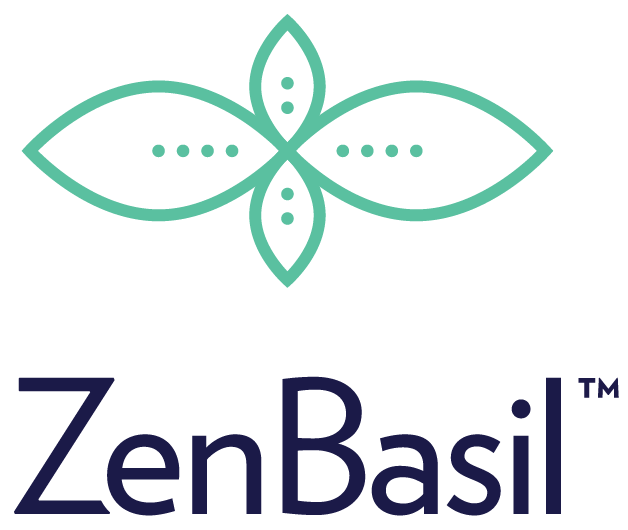If you follow me regularly, you already know my obsession with fiber from whole food — not powders, not gummies, not “functional” drinks.
But Vitamin C is another perfect example of how the wellness industry quietly replaced real nutrients from food with lab-made isolates wrapped in influencer-driven marketing and “clean label” buzzwords.
How “Vitamin C” Is Really Made
Most people imagine citrus fruit when they hear “Vitamin C.”
In reality, more than 90% of the world’s ascorbic acid (the chemical name for Vitamin C) is factory-made — not grown.
Here’s what happens:
Manufacturers start with GMO corn syrup, tapioca, or potato starch, break it into glucose, then ferment and chemically convert it into ascorbic acid crystals.
Those crystals are blended with glycerin, lecithin, avocado oil, sweeteners, and flavorings to create “liposomal” Vitamin C pouches.
Sometimes brands switch the starch source or add the word organic to sound cleaner — but the molecule remains identical: a lab-made isolate, not fruit.
That’s how they rebrand the same formula into buffered C, ester C, food-based C, or liposomal C — all identical chemistry under different names.
Nature Never Delivers Nutrients Alone
When you get Vitamin C from a lemon, grapefruit, blueberry, or strawberry, it never arrives alone.
It comes with a symphony of supporting compounds — bioflavonoids, rutin, hesperidin, quercetin, enzymes, and polyphenols — that help your body absorb, activate, and retain Vitamin C longer.
These cofactors extend its antioxidant life inside your cells, reduce inflammation, and repair tissue in ways a synthetic isolate simply cannot replicate.
Your body recognizes this harmony. It was designed for it.
Synthetic Vitamin C plays a single shrill note — a quick spike that’s flushed out within hours.
Whole fruit Vitamin C, in contrast, is living nutrition.
Fiber Powders Follow the Same Formula
The same marketing pattern used for Vitamin C now drives the fiber industry.
Take nature’s perfect structure — fiber bound to antioxidants and minerals in fruits and seeds.
Isolate one fraction (often inulin or resistant starch) through chemical or enzymatic processing.
Dry, flavor, and package it as a “premium prebiotic” powder.
The result? Dead fiber made from cheap chicory root or corn by-products — chosen for cost, not health.
These powders miss the synergistic nutrients that make real fiber powerful.
They’re the digestive equivalent of empty calories.
The Real Vitamin C + Fiber Bowl
Here’s what whole-food wellness looks like in your kitchen — not a lab.
Ingredients:
½ cup organic yogurt (protein + probiotics)
2 tablespoons Zen Basil seeds (15 g complete fiber, 5 g protein, rich in calcium, potassium, magnesium, iron, omega-3s, and antioxidants)
¼ cup blueberries + ¼ cup strawberries (real-food Vitamin C, polyphenols, and anthocyanins)
Directions:
Mix the yogurt and hydrated Zen Basil seeds into a creamy base.
Top with fresh berries and enjoy.
You’ve just created a living meal that gives your body:
Complete fiber for gut health
Protein and probiotics for digestion
Key electrolytes — calcium, potassium, magnesium, and iron
Antioxidants and Vitamin C from real fruit
All for a fraction of the cost of a “functional” pouch — and without a single synthetic ingredient.
The Wellness Economy of Isolation
Both Vitamin C and fiber started as nature’s miracles.
Now they’re trademarked, bottled, and flipped into billion-dollar product lines.
The global wellness market is nearing one trillion dollars, yet 93% of Americans remain metabolically unhealthy.
Because when we isolate nutrients from their living matrix, we remove the intelligence that heals us.
The Takeaway
If your Vitamin C comes from a lemon, a blueberry, or a strawberry — your body recognizes it.
If your fiber comes from real seeds and plants — your microbiome thrives.
When nutrients arrive in their natural synergy of fiber, minerals, and antioxidants, your body says:
“I know this. I can use this.”
That’s the difference between living food and manufactured nutrition.
So the next time you see 1000 mg Vitamin C on a pouch or premium prebiotic fiber in a tub, ask:
“Is this nature — or marketing?”
Because your cells already know the answer.

